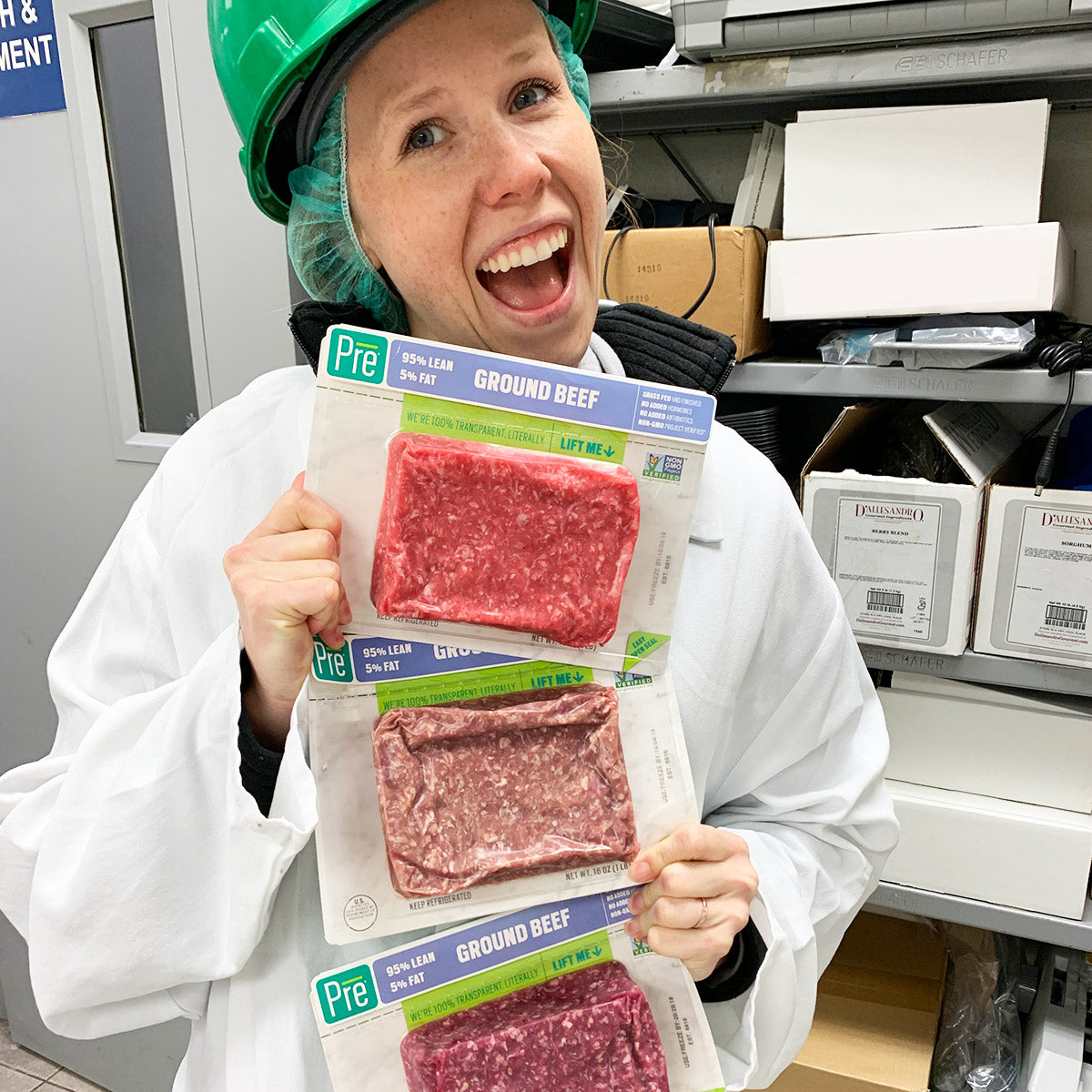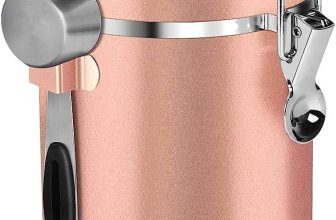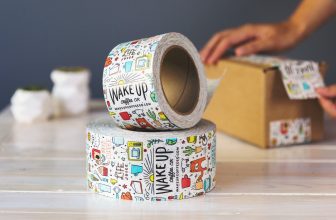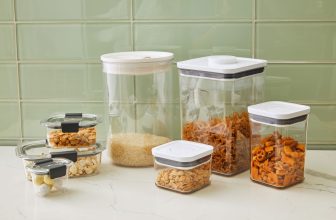Vacuum sealing is generally safe for all foods, as it helps to preserve freshness and prevent spoilage. However, certain foods like raw mushrooms and garlic can produce harmful bacteria when vacuum sealed, so it’s important to blanch or cook these foods before vacuum sealing.
Additionally, highly perishable foods like raw meats and dairy products should be stored at the proper temperature in order to avoid bacterial growth. It’s always best to follow guidelines and recommendations from the manufacturer and use proper food safety practices when vacuum sealing food.
By doing so, you can safely extend the shelf life of your food items and minimize the risk of foodborne illness.

Credit: www.eatpre.com
The Basics Of Vacuum Sealing
Vacuum sealing is a widely used method for preserving food freshness and extending its shelf life. By removing the air from the packaging, vacuum sealing creates an airtight environment that inhibits the growth of bacteria, mold, and other contaminants. The process involves placing food in a specially designed bag or container and using a vacuum sealer to remove the air.
This method is safe for most foods, including fruits, vegetables, meat, fish, and dairy products. Vacuum sealing not only helps to maintain the quality and taste of the food but also prevents freezer burn and reduces waste. It is a convenient and efficient way to store leftovers, bulk purchases, and meal preps.
With the growing trend of meal planning and food preservation, vacuum sealing has gained popularity among home cooks and professional chefs alike as an effective method to keep food fresh and safe to eat for longer periods of time.
The Safety Aspect Of Vacuum Sealing
Vacuum sealing is a widely used method for preserving food freshness, but is it safe for all foods? Let’s delve into the safety aspect of vacuum sealing and address any concerns. Potential risks and health implications should be taken into consideration, as some types of food may be more susceptible to spoilage or bacteria growth.
Scientific studies have been conducted to examine the safety of vacuum sealing, providing valuable insights for consumers. These studies shed light on food safety practices and highlight the importance of proper handling and storage methods. By understanding the potential risks and following recommended guidelines, we can confidently enjoy the benefits of vacuum sealing without compromising our health and well-being.
So, next time you reach for the vacuum sealer, remember to prioritize food safety and make informed decisions based on scientific research.
Understanding The Effects Of Vacuum Sealing On Different Food Types
Vacuum sealing is a safe method for preserving various types of foods. It can significantly prolong the shelf life of perishable items. When it comes to perishable foods, such as dairy products and raw meats, vacuum sealing can help prevent bacterial growth and spoilage.
Fruits and vegetables can also benefit from vacuum sealing as it helps retain their freshness and nutritional value. However, it’s important to note that some fruits and vegetables, like mushrooms and lettuce, may require special consideration due to their delicate nature.
Similarly, when vacuum sealing meat and fish, it’s essential to ensure proper packaging to avoid any potential leakage or contamination. By understanding the effects of vacuum sealing on different food types, you can confidently utilize this preservation technique to extend the lifespan of your favorite foods.
Is Vacuum Sealing Safe For All Foods?
Vacuum sealing is generally safe for most foods, but certain factors should be considered. It’s important to debunk any myths surrounding vacuum sealing safety. Understanding these factors helps ensure food safety. Proper handling and storage play a crucial role in maintaining the freshness and quality of vacuum-sealed foods.
By following recommended guidelines, such as using high-quality vacuum sealer bags and properly cleaning and maintaining the equipment, the risk of contamination can be minimized. It’s also essential to be aware of the specific characteristics of different foods and how they may affect vacuum sealing.
Overall, vacuum sealing can be a safe and effective method for preserving food, as long as proper precautions are taken.
The Safety Guidelines For Vacuum Sealing Different Food Types
Vacuum sealing is generally safe for all foods when proper guidelines are followed. When sealing fruits and vegetables, it is important to ensure they are fresh and free from any mold or spoilage. For meat, poultry, and seafood, it is crucial to practice good hygiene by handling the items properly and storing them at the correct temperature.
Avoid vacuum sealing dairy products and baked goods that contain a lot of moisture, as this can lead to bacterial growth. Instead, opt for proper storage methods such as refrigeration or freezing. By following these safety precautions, you can enjoy the benefits of vacuum sealing while keeping your food safe and fresh for longer periods.
Extending Shelf Life Through Vacuum Sealing
Vacuum sealing is a safe method for extending the shelf life of most foods. By removing oxygen from the packaging, flavors, textures, and nutrients are preserved. This process greatly reduces the risk of spoilage and the growth of bacteria and fungi.
Oxygen exposure has a detrimental effect on food quality, causing oxidation and the breakdown of essential components. By eliminating this exposure, vacuum sealing allows food to stay fresh for longer periods. From fruits and vegetables to meat and dairy products, vacuum sealing can significantly prolong the shelf life of a wide range of foods.
It is important, however, to note that some types of food, such as soft cheeses and mushrooms, may not withstand the vacuum sealing process as well. It is always recommended to consult specific guidelines when vacuum sealing different types of food.
Safe Storage Practices For Vacuum Sealed Foods
Vacuum sealing is generally safe for storing all types of foods. However, proper storage practices are crucial. To ensure safety, store vacuum-sealed food in suitable conditions. This includes avoiding contamination and spoilage by following storage tips. Labeling and rotation are important for maintaining freshness and preventing food waste.
By labeling and rotating vacuum-sealed items, you can easily track their age and use them before they spoil. Keep in mind that proper storage conditions can vary depending on the type of food you are vacuum sealing. For example, perishable items like meat and dairy should be kept refrigerated, while non-perishable items like dry goods can be stored at room temperature.
Following these practices will help you enjoy the benefits of vacuum sealing while keeping your food safe and fresh.
Emerging Technologies In Vacuum Sealing
Vacuum sealing technology is paving the way for safer and more convenient food preservation. With novel approaches being developed, we can expect improved safety standards and increased ease of use. These emerging technologies hold great potential for the future of vacuum sealing.
From enhanced sealing mechanisms to advanced sensors, the options are expanding. With the ability to reduce oxygen levels, vacuum sealing helps maintain freshness and inhibit bacterial growth. It also prevents freezer burn, allowing for long-term storage of various food types.
Whether you’re sealing meats, fruits, or even liquids, vacuum sealing can be a reliable option. As we explore the possibilities, it’s clear that this technology is driving innovation in the food preservation industry. So, is vacuum sealing safe for all foods?
With ongoing advancements, it’s safe to say that the answer is becoming more and more affirmative.
Frequently Asked Questions For Is Vacuum Sealing Safe For All Foods
Can All Types Of Foods Be Safely Vacuum Sealed?
Yes, most foods can be safely vacuum sealed, including fruits, vegetables, meats, and dairy products. However, it is important to consider the specific requirements of each food item to ensure proper storage and prevent the growth of bacteria.
Are There Any Types Of Foods That Should Not Be Vacuum Sealed?
Yes, certain foods should not be vacuum sealed due to safety concerns. This includes fresh mushrooms, garlic, soft cheese, and raw cruciferous vegetables like broccoli or cauliflower. These foods produce gases that can cause spoilage or create an environment for bacteria growth.
Can Vacuum Sealing Extend The Shelf Life Of Foods?
Yes, vacuum sealing can significantly extend the shelf life of a variety of foods. By removing the air and creating a seal, it helps prevent the growth of bacteria, mold, and yeast. Properly vacuum sealed foods can last up to 3-5 times longer compared to traditional storage methods.
Is Vacuum Sealing Safe For Perishable Foods?
Yes, vacuum sealing can be a safe method for storing perishable foods. However, it is important to properly handle and store these foods to ensure their safety. Perishable foods should still be refrigerated or frozen after vacuum sealing and should be consumed within their recommended storage times.
Can Vacuum Sealing Affect The Taste And Texture Of Foods?
In some cases, vacuum sealing can affect the taste and texture of certain foods. For example, delicate fruits may become slightly squished, and the vacuum sealing process can cause the texture of some meats to change. However, for most foods, the taste and texture remain relatively unchanged when properly vacuum sealed.
Conclusion
Vacuum sealing has become a popular method for preserving food, but many people wonder if it is safe for all foods. After exploring the topic, it is clear that vacuum sealing is generally safe for most foods. By removing the air from the packaging, it helps to prevent spoilage and extend the shelf life of various food items.
Whether it’s fruits and vegetables, meats, fish, or even cooked meals, vacuum sealing can help preserve their freshness and flavor. However, it is important to note that some foods may not be suitable for vacuum sealing, such as soft cheeses, mushrooms, and oily foods.
It is also crucial to follow proper hygiene practices and ensure that the food being vacuum sealed is fresh and of good quality. Overall, when done correctly, vacuum sealing can be a safe and effective method for food preservation. So go ahead and enjoy the benefits of vacuum sealing your favorite foods.





